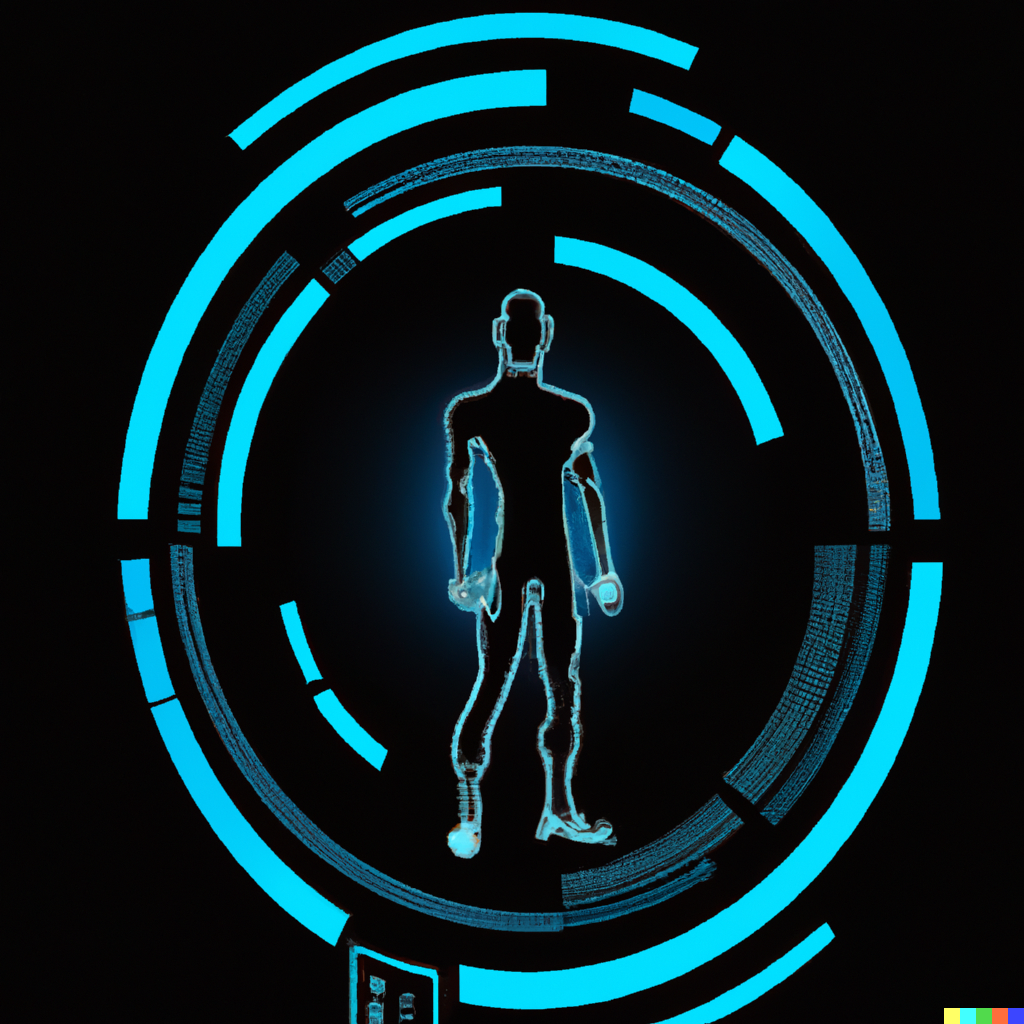September 05 | Wearable Technology WearTech

In recent years, wearable technology has transitioned from a niche market into a mainstream trend, revolutionizing how we interact with the digital world. From fitness trackers to smartwatches and even augmented reality glasses, WearTech is no longer just about convenience but also about enhancing our quality of life and transforming industries. In this blog, we’ll delve into the current innovations, emerging trends, and the broader impacts of wearable technology.
Wearable technology dates back to the early 20th century, but it wasn’t until the late 20th and early 21st centuries that it began to take off in a meaningful way. Early examples included rudimentary gadgets like the calculator watch and pedometers. The real game-changer came with the introduction of smartwatches and fitness trackers, which provided users with a blend of digital functionality and personal health monitoring.
Smartwatches and fitness trackers have become ubiquitous, offering features such as heart rate monitoring, GPS tracking, and smartphone notifications. These devices cater to a wide range of needs, from health enthusiasts who track their physical activity to tech-savvy individuals who want to stay connected on the go.
The next leap in wearable technology has been the development of AR and VR headsets. These devices offer immersive experiences, transforming how we interact with digital content and the world around us. AR glasses, for instance, overlay digital information onto the real world, while VR headsets create entirely virtual environments.
One of the most significant areas of innovation in WearTech is health and wellness. Modern wearables go beyond basic fitness tracking, offering advanced health monitoring features such as:
Wearable technology has also improved in terms of connectivity. The integration of cellular connectivity into smartwatches means that users can make calls, send texts, and access the internet without needing to be tethered to their smartphones. This level of independence is a game-changer for those who want to stay connected while on the move.
Innovative materials and designs are enhancing the functionality and aesthetics of wearables. Flexible OLED screens, lightweight materials, and waterproof designs are just a few examples. Additionally, advancements in battery technology are extending the life of wearables, making them more practical for daily use.
AR and VR technologies have made strides with devices like Microsoft HoloLens and Meta Quest. These devices offer immersive experiences for gaming, education, and even remote work. AR glasses, such as those developed by Apple and Google, aim to seamlessly integrate digital information into the user's field of vision.
Artificial Intelligence (AI) is set to play a crucial role in the future of WearTech. AI algorithms can analyze data from wearables to provide personalized insights and recommendations. For instance, AI-powered health wearables can detect early signs of potential health issues and suggest preventative measures.
As wearable technology collects more personal data, there is a growing emphasis on privacy and security. Companies are investing in robust encryption methods and secure data storage solutions to protect user information from unauthorized access.
Wearable technology is expanding into new markets, including healthcare, sports, and even fashion. For instance, smart clothing and accessories are becoming more prevalent, offering functionality that goes beyond traditional wearables.
Sustainability is becoming a key consideration in the design and manufacturing of wearable technology. Companies are exploring eco-friendly materials and processes to reduce the environmental impact of their products. This trend is driven by increasing consumer demand for sustainable tech solutions.
Wearable technology has empowered individuals to take control of their health and fitness. By providing real-time data and personalized insights, wearables help users make informed decisions about their lifestyle and health. This has led to improved fitness outcomes and better management of chronic conditions.
In the workplace, wearables are enhancing productivity and safety. For example, smart helmets and glasses are used in industrial settings to provide real-time data and instructions to workers, improving efficiency and reducing accidents.
Wearable technology is also transforming entertainment and leisure activities. VR headsets offer immersive gaming experiences, while AR glasses can enhance live events by providing additional information and interactive elements.
Wearables are changing the way we communicate and interact with others. Smartwatches and AR glasses facilitate seamless communication, while fitness and health trackers create opportunities for social sharing and community building around common goals.
The future of wearable technology is incredibly promising, with innovations and trends pointing towards a more connected, efficient, and personalized world. As WearTech continues to evolve, it will undoubtedly bring about new opportunities and challenges. Whether you’re a tech enthusiast, a health-conscious individual, or someone interested in the latest trends, wearable technology is set to play an increasingly important role in our lives.
Stay tuned to our blog for more updates and in-depth analyses on the latest advancements in WearTech.
SHARE THIS:
© Copyright 2025Global Tech AwardsAll Rights Reserved